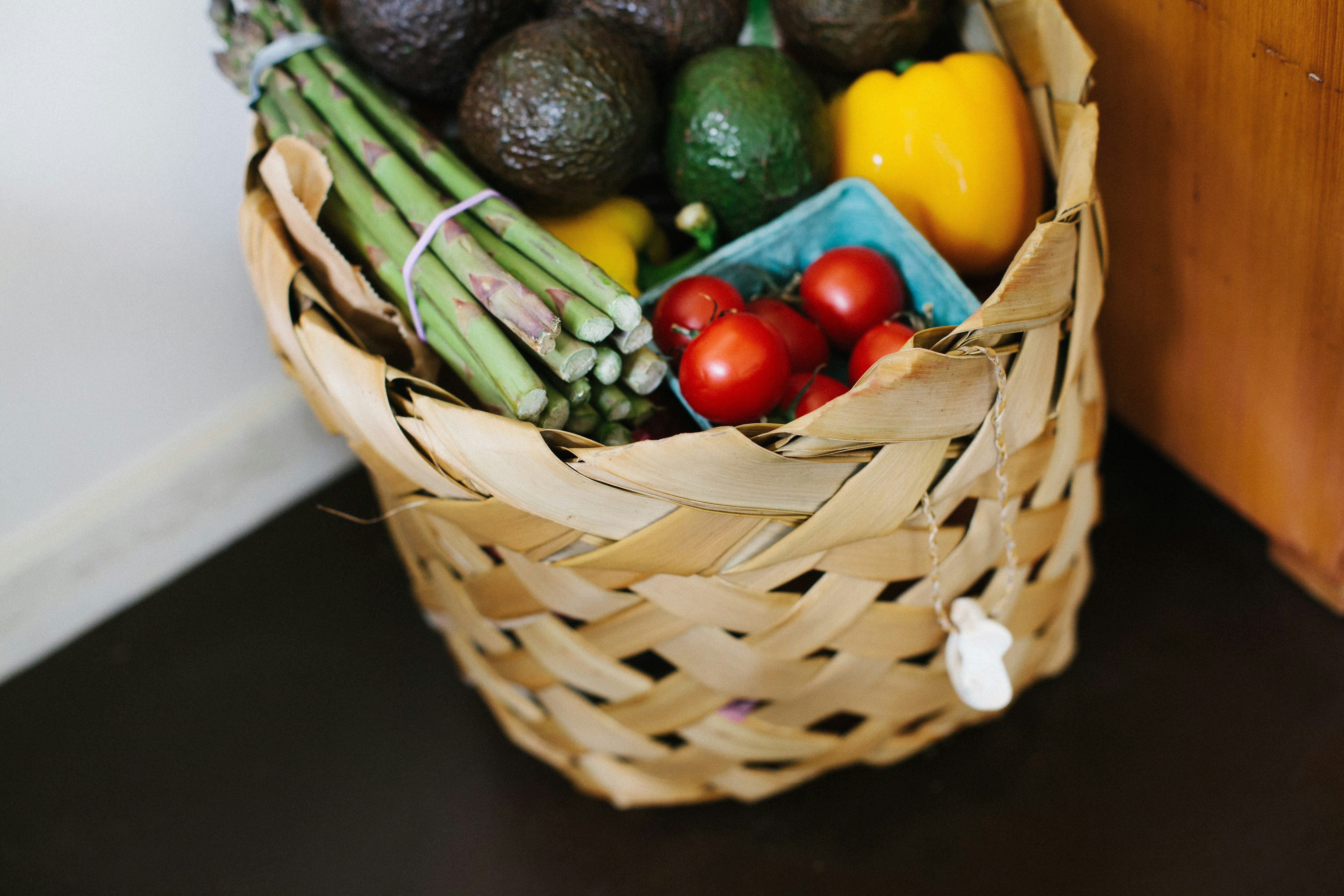
This is a real banana. Two weeks ago, I stood on top of a truck with a machete in the rain, intent on harvesting a bunch of wild bananas I’d found on a back road. A few swings, and slice! The bunch fell to the ground like a crashed spaceship. My friends and I gathered them quickly (not wanting to get drenched), so we barely noticed that there was something odd about them. When I sliced one open, however, I noticed a great difference from the bananas I was used to eating: it was filled with pea-sized black seeds. “Aha!” Axel said. “This is a real banana.”
As it turns out, the tree we’d found was a direct descendent of the first wild bananas human beings ate. Continue reading







